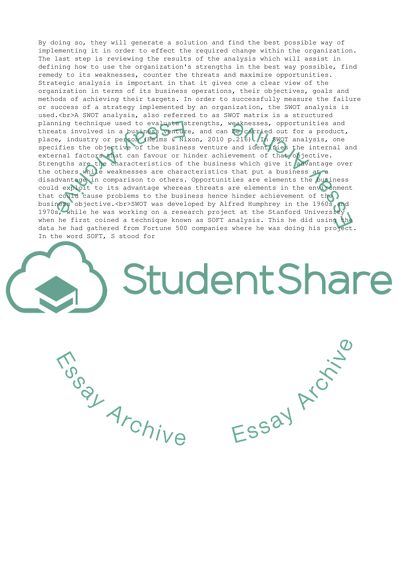Cite this document
(Stratetic Management Final exam Essay Example | Topics and Well Written Essays - 3000 words, n.d.)
Stratetic Management Final exam Essay Example | Topics and Well Written Essays - 3000 words. https://studentshare.org/business/1866581-stratetic-management-final-exam
Stratetic Management Final exam Essay Example | Topics and Well Written Essays - 3000 words. https://studentshare.org/business/1866581-stratetic-management-final-exam
(Stratetic Management Final Exam Essay Example | Topics and Well Written Essays - 3000 Words)
Stratetic Management Final Exam Essay Example | Topics and Well Written Essays - 3000 Words. https://studentshare.org/business/1866581-stratetic-management-final-exam.
Stratetic Management Final Exam Essay Example | Topics and Well Written Essays - 3000 Words. https://studentshare.org/business/1866581-stratetic-management-final-exam.
“Stratetic Management Final Exam Essay Example | Topics and Well Written Essays - 3000 Words”. https://studentshare.org/business/1866581-stratetic-management-final-exam.


